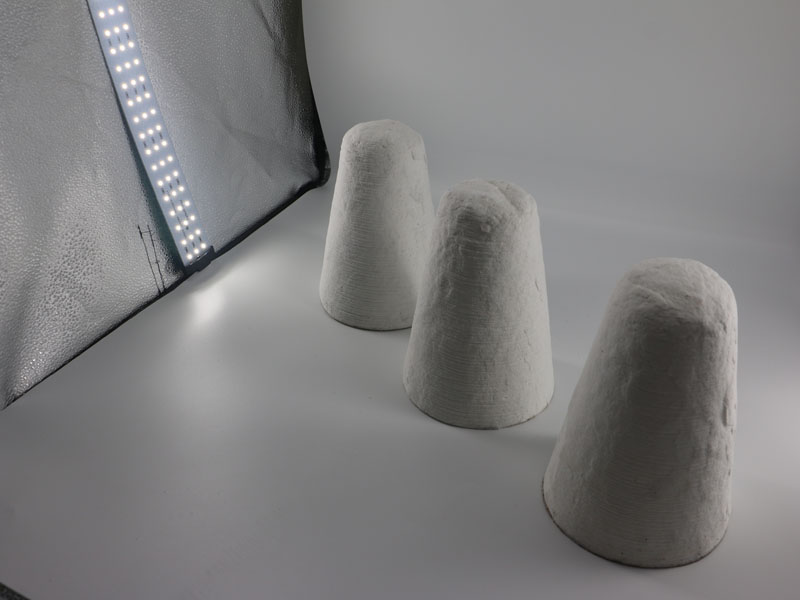
08 3月 China Ceramic Fiber Tap Out Cone Manufacturer
China Ceramic Fiber Tap Out Cone Manufacturer mixes high-purity aluminum silicate fiber with inorganic binder and vacuum-formed it. It is widely used in aluminum alloy smelting furnace to control the production flow of molten aluminum.
Tap Out Cone For Aluminium Casting features
1. Aluminum tapping cone is used for aluminum smelting in reverberatory furnace
2. It is a kind of ceramic fiber software for vacuum forming
3. Cover plugging of self-tapping hole plugs for aluminum, magnesium, and zinc alloy smelting furnaces
4. Good insulation properties
5. Superior feeding efficiency
6. High strength/weight ratio
7. Good thermal shock resistance
8. Low thermal conductivity
9. Low thermal inertia
10. Low smoking
11. Stay strong throughout the application
12. Textured exterior surface minimizes tearing during insertion
13. Does not burn, smoke or degrade
14. Density/hardness/size can be customized according to customer requirements

Vacuum-formed refractory tap out cones produced by China Ceramic Fiber Tap Out Cone Manufacturer are used for casting aluminum and aluminum alloys.
They need to be manufactured at high temperatures, and they need to be durable enough to be able to keep in contact with molten metal. AdTech’s vacuum-formed shape provides excellent insulation properties and strength, combined with low smoke generation.
In the aluminum casting industry, most aluminum smelting furnaces or holding furnaces are equipped with aluminum outlets.
These outlets are sealed with high temperature resistant ceramic fiber.
It is used to block aluminum smelting furnaces, stationary furnaces and other aluminum outlets.
Suitable for aluminum smelting furnaces, refining furnaces, and stationary furnaces.
The tap makes the processing of aluminum and aluminum alloy castings more convenient and safer.
According to its shape and size, AdTech can make special molds to meet the requirements.
According to the performance requirements of the product, AdTech can also adjust the strength and density by changing the adhesive and additives.


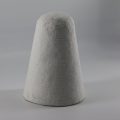
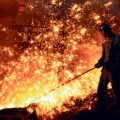
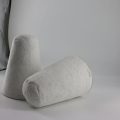
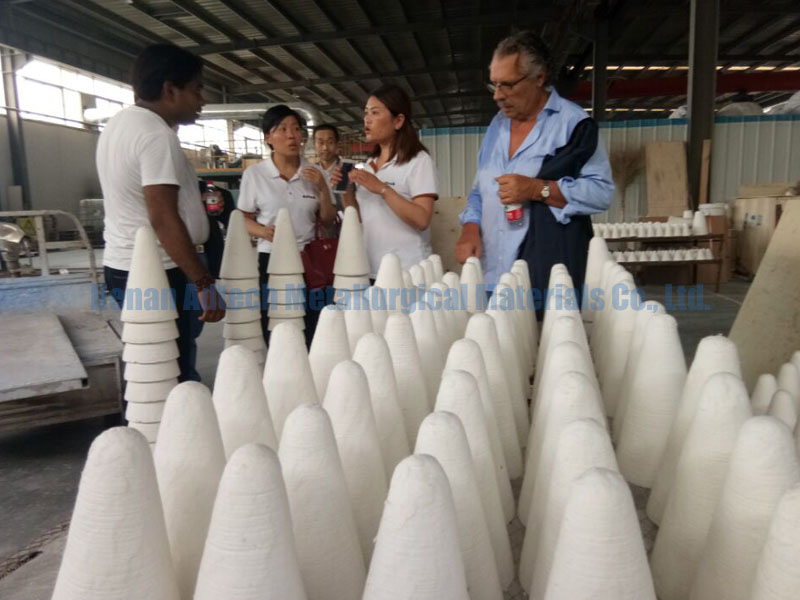
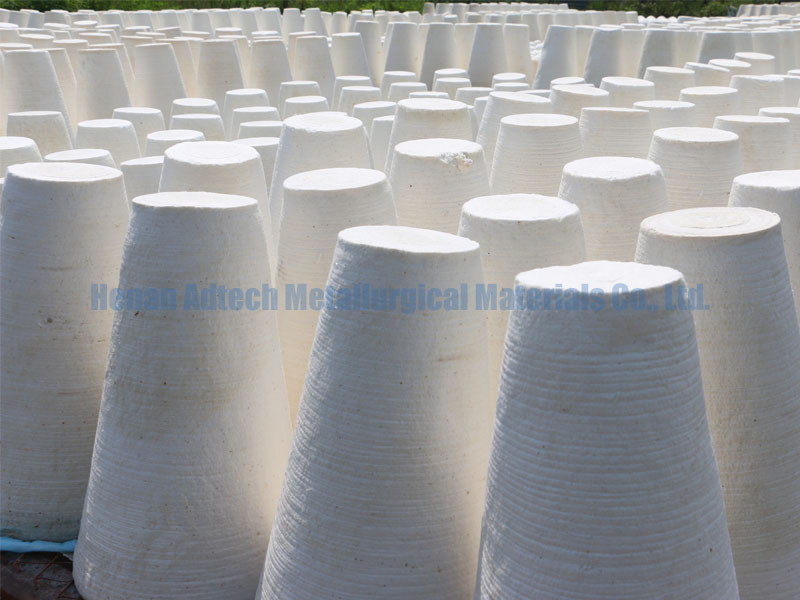
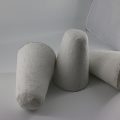
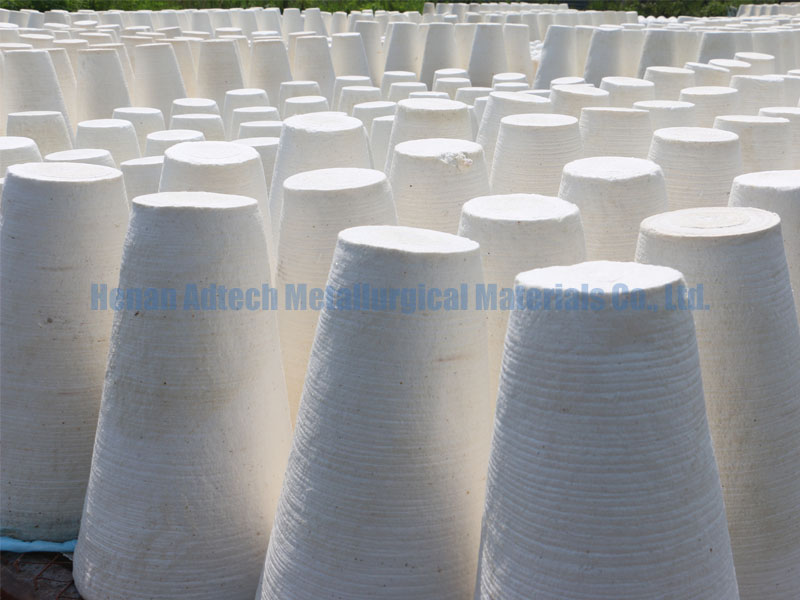
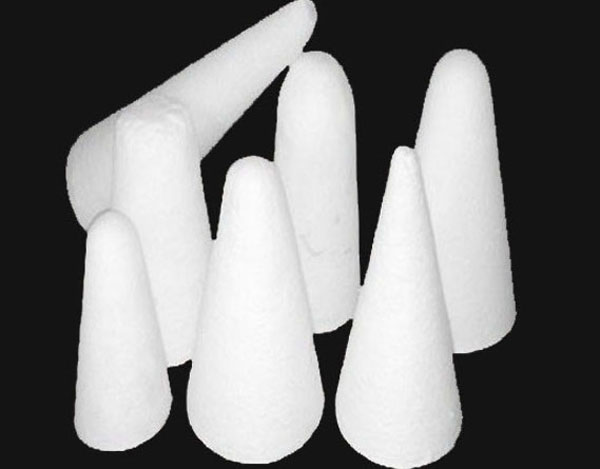
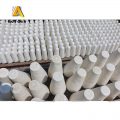
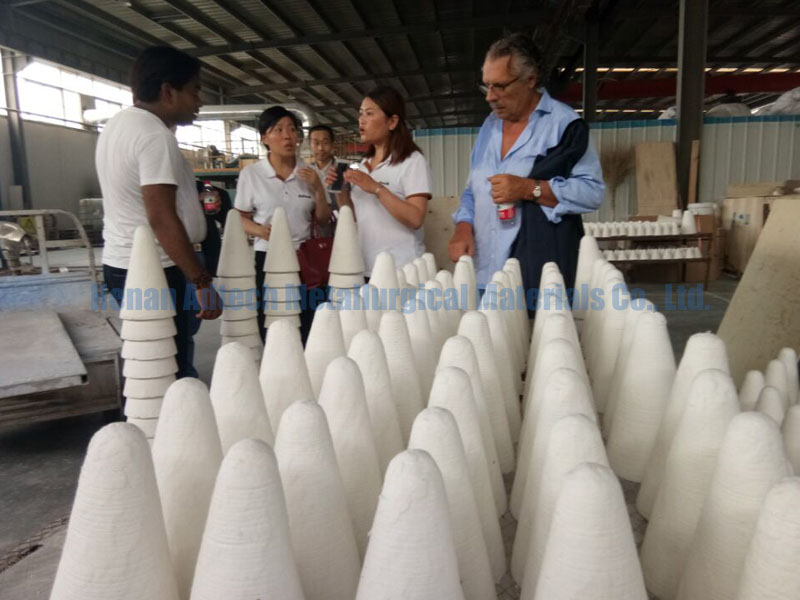
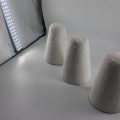
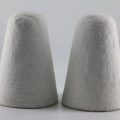
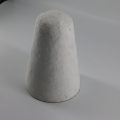

No Comments